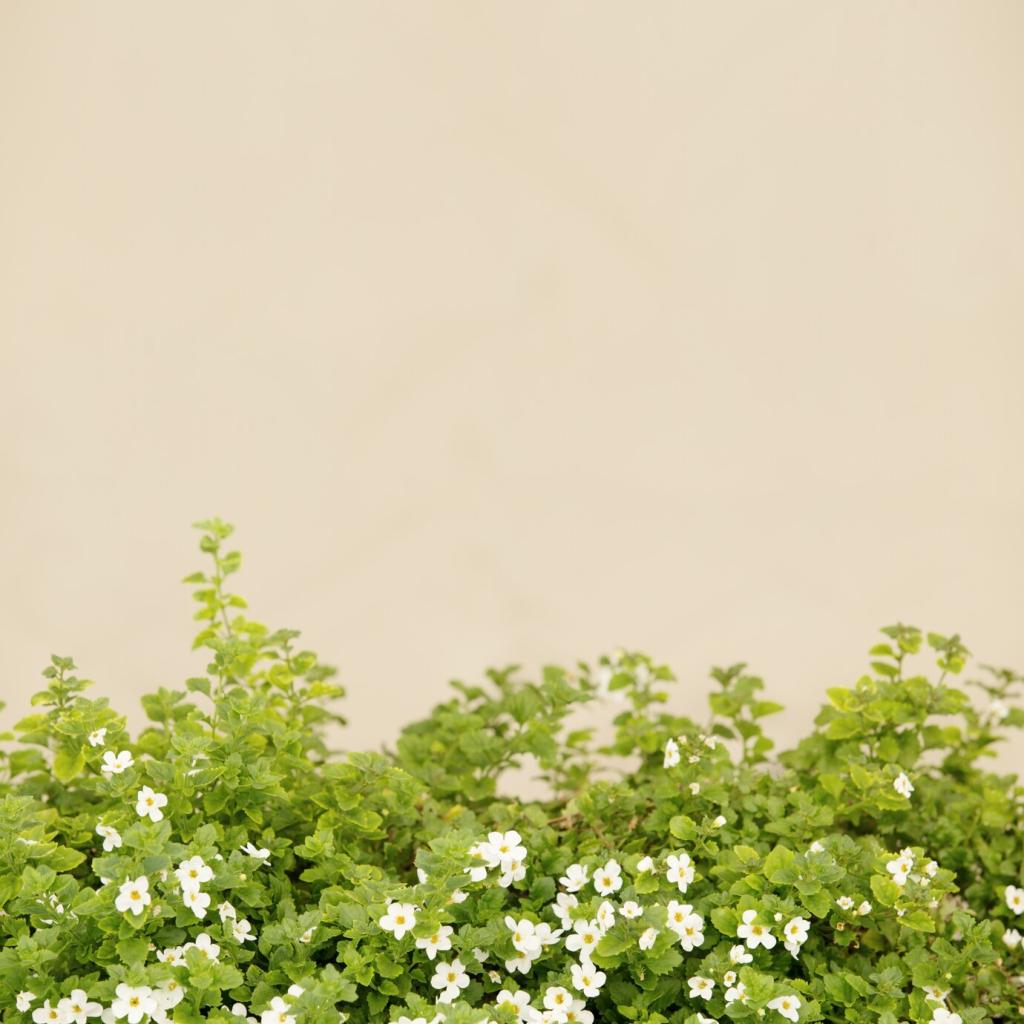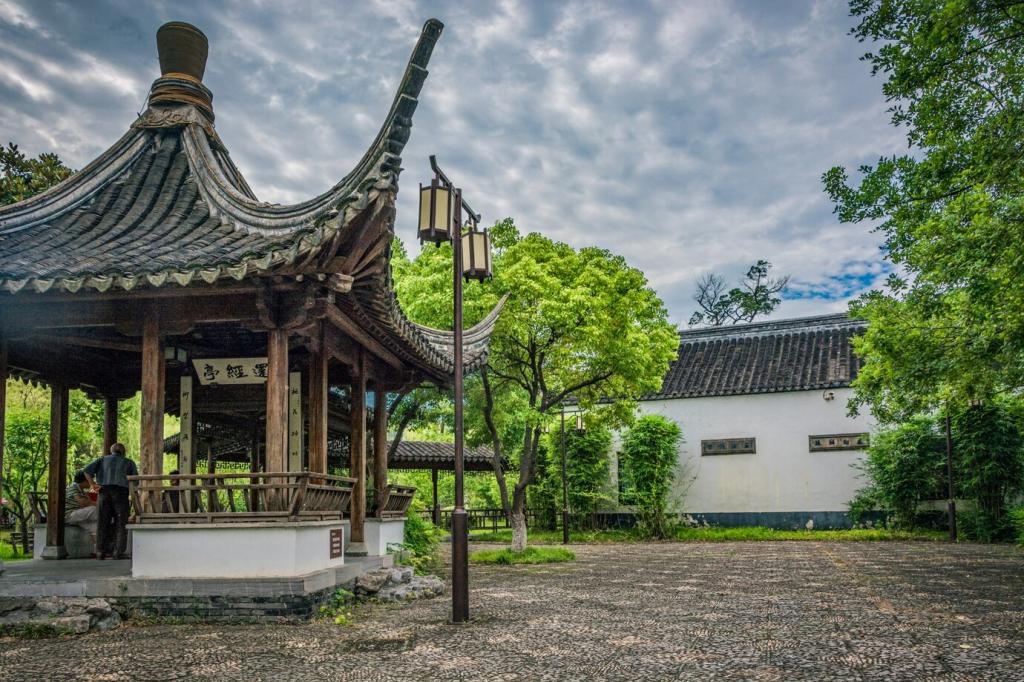Minimalism in Small Spaces: Balcony and Courtyard Calm
Pick one material, one color palette, and three containers of different heights. Plant a structural evergreen, a textural grass, and a seasonal accent. Keep surrounding surfaces clear. Readers say morning coffee tastes different here—quieter, steadier. Try it and report back.
Minimalism in Small Spaces: Balcony and Courtyard Calm
Define one clear route with stone pavers set into gravel, allowing plants to recede into ordered beds. The path becomes a daily invitation, not a maze. A subscriber swapped zigzags for a straight run and now lingers outside after dinner, unhurried.





